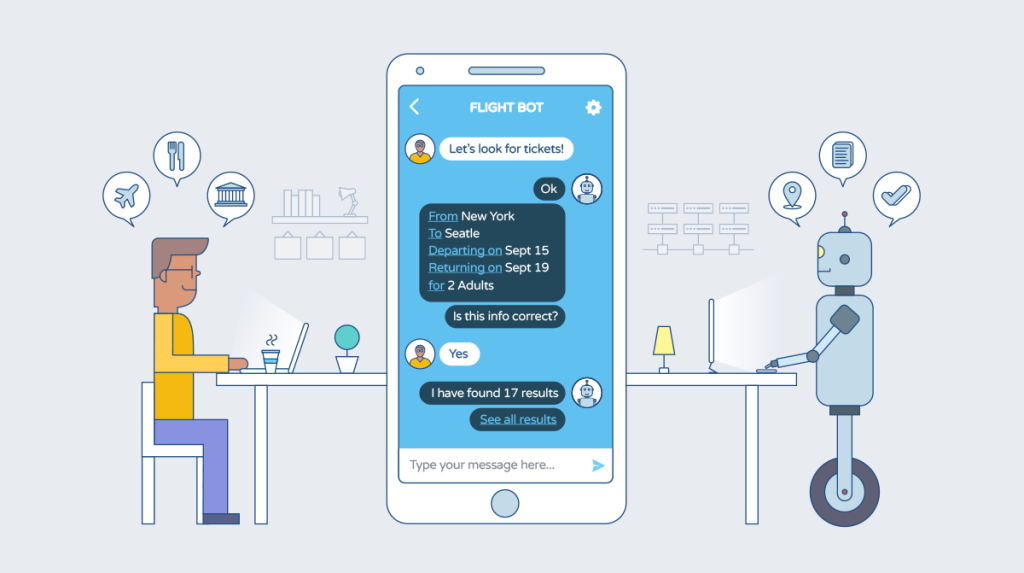In today's world, customers aren't willing to spend hours on the phone to customer service teams. Instead they require content that helps them self-solve their problems, quickly and easily. In this blog post, we run through the different ways you can create self-solve content online to increase the overall user experience of your product.
Customers don’t want waste precious time phoning companies, sifting through user manuals or waiting on live chat to speak to someone about products they need assistance with. Instead, they want to be able to find solutions themselves and in their own time.
By creating self-serve content and strategies, businesses can empower customers with the resources they need to use, install, and troubleshoot products, among other things. This results in a better customer experience and takes undue pressure off of client service teams so that they can focus on pressing matters and immediate escalations.
Create community forums
Nurturing an active community around your brand is an effective way of strengthening business-customer relationships and generating self-serve proactivity. Community forums are social and informational platforms where your customers can discuss product- and service-related queries, and assist one another in troubleshooting issues. If a customer is having difficulty with a particular product, chances are the issue will have already been attended to in previous threads.
It’s not completely hands-off either. Skilled moderators who are directly affiliated with your business can guide conversations and answer questions as needed, lending professionalism and authority to the community forum.
Offer customers product training
Your client service team undergoes comprehensive training to understand the nuances and complexities of your products and services. So why not provide the same training to your valued customers? This can turn your clients into experts on your products and services, instilling a sense of ownership that lends itself to brand advocacy.
A good example of product training for customers is the HubSpot Academy, which offers everything from social media strategy to SEO training that builds sustainable traffic. As someone who has used HubSpot’s learning tool extensively, this writer can honestly say he’s been enriched by its educational courses.
Build escalation into your chatbot automation
Chatbots have been incredibly beneficial to the sales process. They answer queries in real-time and direct customers to informational resources that help them take action to solve problems on their own. The technology also simplifies the client service process and results in fewer ticketing backlogs and operational bottlenecks. That said, chatbot functionality has been a light on escalation features up until now. This means many customers have been locked into chatbot channels with no means of quick, easy escalation for urgent matters.

Escalation features that allow customers to speak to human sales representatives with ease, at any point during the conversation, will go a long way towards streamlining the online customer experience and providing users with quick solutions and answers.
Develop a knowledge base
Remember those telephone book-sized manuals that used to come with certain products? A knowledge base is like that, but without the imposing appearance and time-consuming search for answers amid fine print. Say, for example, a company purchases new HR software for the business. That package will probably come with a digital manual with information on how to use the tools and troubleshoot any problems. The same idea can be applied to your products and services.
A knowledge base is an online repository within your website that’s populated with content to help your customers learn more about your products and services, or to troubleshoot problems on their own. A knowledge base is an evolving informational hub that’s informed by common customer queries and issues, and can take the form of helpful blogs, downloadable eBooks and infographics, or instructional videos to make the lives of your customers and client service team easier.
HubSpot’s knowledge base is a fine example of this. It’s ease-of-use and simple interface belies its depth of information, and you’ll find everything from account setup and sales tools guidance to automation troubleshooting housed therein.
Architecture that realises a powerful self-solve strategy
For the above self-solve strategies to offer maximum value to your customers, you need a specialist to create the content and robust architecture to house it.
Huble Digital works with HubSpot’s powerful software to develop and deploy content and technology that helps customers find solutions to problems on their own. From seamless chatbot workflows to building out a knowledge base and populating it with content, we have a team of specialists ready to create a customer-friendly content ecosystem that takes the pressure from your sales team and nurtures brand advocacy for client retention and business growth. Get in touch with one of our consultants to start building it.








.png)





